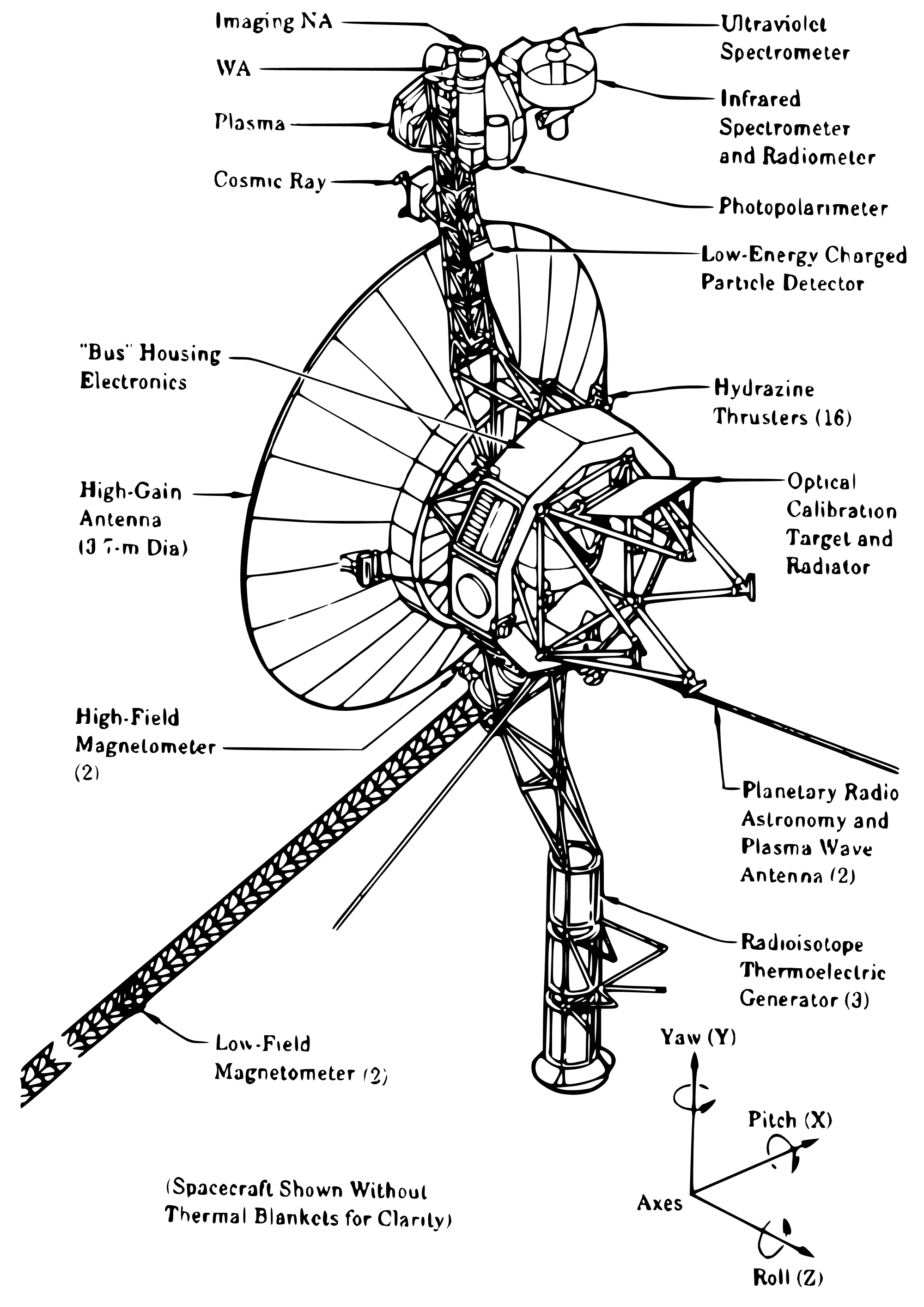
It has become common-place to say about modern smartphones that they are fully fledged computers that fit in your pocket. I don’t think this is a good analogy: first phones don’t fit in normal pockets, expect if you are wearing really baggy clothes, second mobile phones are much more than desktop computer, they have sensors. Think of it, the most basic smartphone has a rich array of sensors, some of which are not commonly found in computers: microphone, camera, accelerometer, GPS, compass and some internal thermometers.
Each new generation ads new sensors, either as a feature (fingerprint reader) or to improve the usability (infrared detector to detect if the ear is against the device), and many apps use these sensors in interesting and innovative ways. Even parts of the device that are not technically sensors can be repurposed as sensors, the wifi antennas can for instance be used as a radar, and because they are lacking a filter, some camera phones can be used to detect infrared light.
So more than computers that might fit in some pocket, mobile phones are increasingly similar to space probes, small computers hooked up to an array of sensors flying around (and sometimes crashing hard). The only thing missing is a set of propulsors and even that is looked into. Adding more sensors to mobile phones makes sense for manufacturers, they are cheap, enable original apps and a healthy ecosystem and are generally a good market differentiator; better than processing power and its game of cheating in benchmarks.
Do not expect laboratory equipment: that stuff is expensive, but nowadays, one can do impressive measurements with a large array of sensors and some processing. Mobile phones, by their sheer number and the cumulative computing power they host could do some interesting measurements. Thanks to their ability to scan barcodes, mobiles phones are already disrupting the supply chain, end-consumers reading and measuring the data intended for the retailers and their providers. Now imagine a world where mobile phones have radiation detectors or spectrometers.
We are provided with a lot of information: that this wood comes from that region, that this food contains that ingredient. This comes from an authority or another whose structure and allegiances can be pretty obscure, and who never checks the goods completely, samples and spot checks are the typical operating procedure. Now imagine that every person could run some checks on the same goods, and validate the information. Radiation levels can be used to check the age of vine or wood, spectral analysis can reveal the presence of various substances in food or water. The benzene in the Perrier bottles in 1990 was not found by some health organisation, but by a lab testing out a new spectrometer.
A good crowd-sourcing platform, and you get way higher sample rates and the raw data, not some legal criteria of safety that changes when you cross the border. Each phone owner could, at a small scale acts as a small health inspecting bureau, with the additional benefit of being in the leaves of the distribution network, so correlating the source of bad things will be much easier.
Edit: here are some instruction to build a spectrometer.
Edit: an article explaining how to build a spectral imager out of a camera.
The Voyager spacecraft structure – schematic diagram – public domain

Le crowd-spectrometring, concept purement génial ! On n’en est pas si loin…
Laptops also have sensors. Not counting the obvious (webcam and microphone), my first MacBook Pro had a light-sensing sensor to light up the keyboard as needed, and also accelerometers, if memory serves (there was an app to play lightsaber sounds by waving the laptop around).
Of course, laptops have also some sensors, but to a lesser extent: the web-cam of a macbook pro is typically 720p (1280×720) which is the resolution of the secondary camera on the iPhone5, the main one being 1080p in video mode, and 3264×2448 for still images. No GPS, no compas, etc…
Still, I expect laptop to follow the trends of phones and tablets, the distinction will probably slowly fade away.